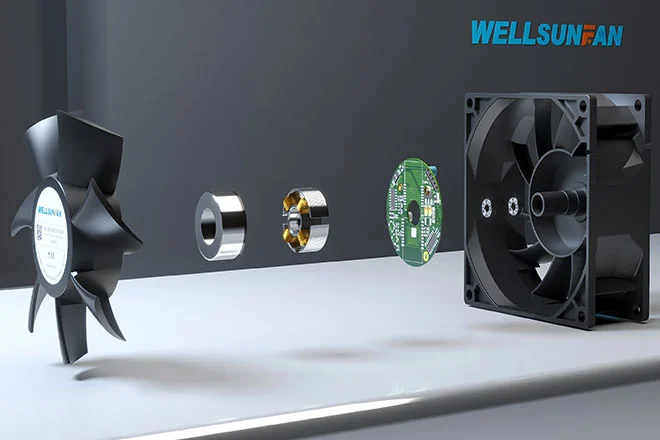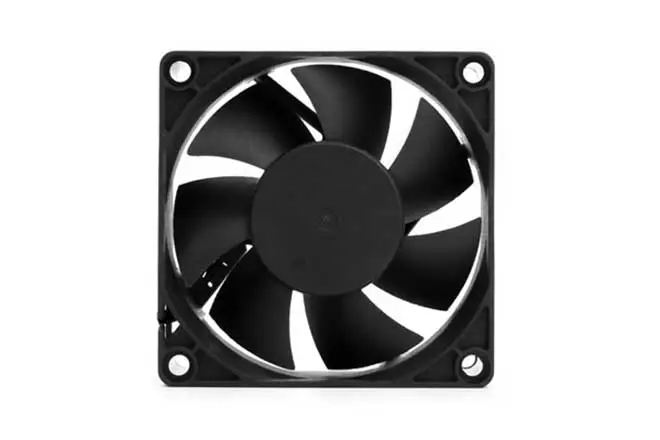

As computer hardware continues to evolve with increasing power and performance, effective cooling has become a critical factor in ensuring stable operation and prolonging hardware lifespan. Frameless computer fans, with their unique design and exceptional performance, have gradually gained market favor, introducing a revolution in the field of computer cooling. Let's explore the advantages of frameless computer fans and their real-world applications.
Frameless PC fans break away from the limitations of traditional fan designs by eliminating the frame structure and retaining only the core blade component. This design makes the fan lighter, sleeker, and more modern in appearance. When installed, frameless PC fans blend seamlessly with various case styles, offering a cleaner and more open interior, especially appealing to gamers and users who prioritize personalized aesthetics.
Additionally, some frameless fans feature frames made of materials like aluminum alloy, which not only reinforce structural durability but also elevate the overall texture and quality of the product.
Without the constraints of a frame, frameless PC fans allow airflow to spread more directly and widely throughout the surrounding space. This enables the fan to generate greater airflow at the same rotational speed, effectively dissipating heat from inside the computer.
For example, certain frameless fans employ a reverse-hanging design that ensures unobstructed airflow, further enhancing air pressure performance. This advantage is particularly significant in confined spaces, such as laptop cooling pads or compact cases, where frameless fans excel in meeting demanding cooling requirements.
The frameless design also minimizes noise by reducing friction between the fan blades and the frame. Traditional framed fans produce some noise due to contact between the blades and the frame during operation, a problem avoided by frameless PC fans.
Moreover, the blade designs of frameless fans are often optimized to maintain high airflow while reducing wind noise. For instance, some models incorporate dual-layer blade designs that not only boost air pressure but also reduce turbulence and associated noise through thoughtful aerodynamics. This makes frameless fans ideal for environments where quiet operation is essential, such as offices or homes.
With their innovative design, excellent cooling performance, low noise, flexible installation options, and smart control features, frameless PC fans have become a rising trend in the cooling industry. They not only provide users with efficient and quiet cooling solutions but also open up new possibilities for hardware aesthetics and personalized customization.
As technology continues to advance and user needs diversify, the application scope and market share of frameless PC fans are expected to expand further, injecting new energy into the computer cooling industry.

